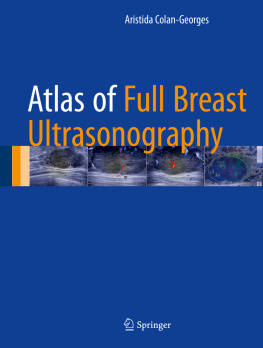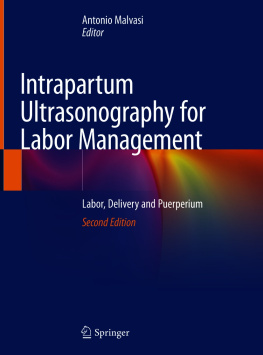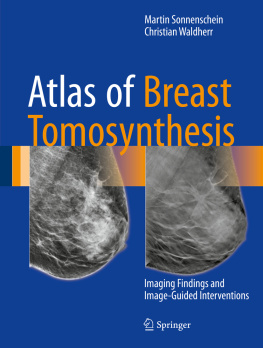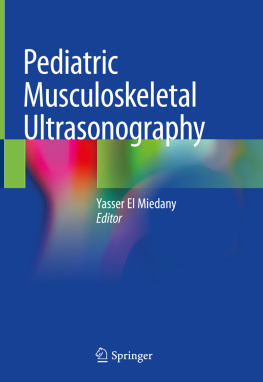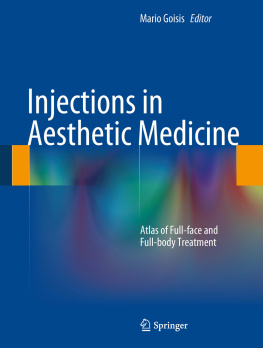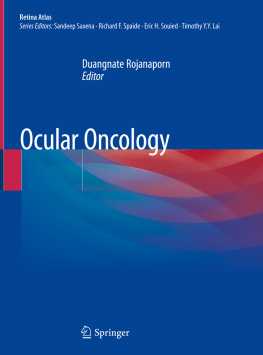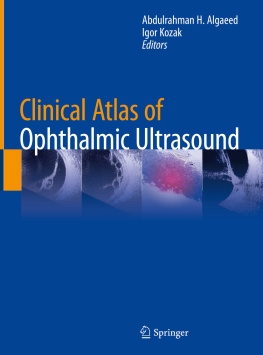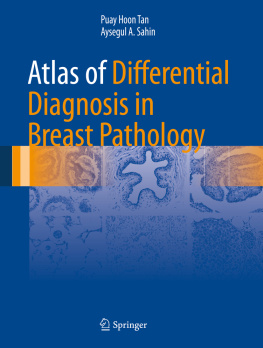Aristida Colan-Georges - Atlas of Full Breast Ultrasonography
Here you can read online Aristida Colan-Georges - Atlas of Full Breast Ultrasonography full text of the book (entire story) in english for free. Download pdf and epub, get meaning, cover and reviews about this ebook. City: Cham;Switzerland, year: 2016, publisher: Springer International Publishing, genre: Home and family. Description of the work, (preface) as well as reviews are available. Best literature library LitArk.com created for fans of good reading and offers a wide selection of genres:
Romance novel
Science fiction
Adventure
Detective
Science
History
Home and family
Prose
Art
Politics
Computer
Non-fiction
Religion
Business
Children
Humor
Choose a favorite category and find really read worthwhile books. Enjoy immersion in the world of imagination, feel the emotions of the characters or learn something new for yourself, make an fascinating discovery.
- Book:Atlas of Full Breast Ultrasonography
- Author:
- Publisher:Springer International Publishing
- Genre:
- Year:2016
- City:Cham;Switzerland
- Rating:3 / 5
- Favourites:Add to favourites
- Your mark:
- 60
- 1
- 2
- 3
- 4
- 5
Atlas of Full Breast Ultrasonography: summary, description and annotation
We offer to read an annotation, description, summary or preface (depends on what the author of the book "Atlas of Full Breast Ultrasonography" wrote himself). If you haven't found the necessary information about the book — write in the comments, we will try to find it.
Atlas of Full Breast Ultrasonography — read online for free the complete book (whole text) full work
Below is the text of the book, divided by pages. System saving the place of the last page read, allows you to conveniently read the book "Atlas of Full Breast Ultrasonography" online for free, without having to search again every time where you left off. Put a bookmark, and you can go to the page where you finished reading at any time.
Font size:
Interval:
Bookmark:
- It increases the effects of the X-ray exposure, as follow-up a mammography.
- It is an interventional procedure, with risk of complications and with possible artifacts such as air bubbles or extravasations of the contrast iodinate agents.
- It cannot measure the thickness of the ducts wall nor the ductal tree distal from a stenosis.
- Most importantly, this procedure cannot visualize the surrounding tissues, the lobules, nor the lymph nodes or the pathological nearby vasculature.
- The optimal quantity of iodinated contrast agent and the best degree of breast compression could not be calculated: too much or too less?
- The lobar ductal branching is distorted by the compression of the tissues; indeed, the lobar projection appears too large in all views, with the false perception of the lobar volume and a wrong conservative therapy planning.
- The ductal enlargement is overestimated, because the initial content is increased by the iodinated contrast agent added by instillation; moreover, there are ductal ectasias misdiagnosed in cases without salient nipple surge; thus, not all ectasias are evaluated.
- Positive mammography: the US was used to confirm a carcinoma and to search additional lesions.
- Doubtful mammography: US allowed the identification of suspect zones and a wide lesion assessment.
- Negative mammography: US made it possible to detect lesion clinically and radiological dumb.
Font size:
Interval:
Bookmark:
Similar books «Atlas of Full Breast Ultrasonography»
Look at similar books to Atlas of Full Breast Ultrasonography. We have selected literature similar in name and meaning in the hope of providing readers with more options to find new, interesting, not yet read works.
Discussion, reviews of the book Atlas of Full Breast Ultrasonography and just readers' own opinions. Leave your comments, write what you think about the work, its meaning or the main characters. Specify what exactly you liked and what you didn't like, and why you think so.

